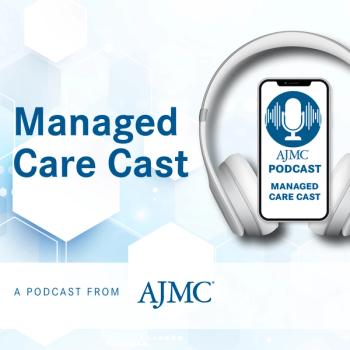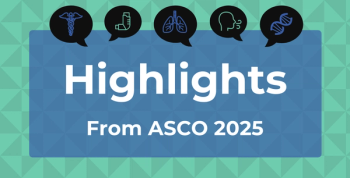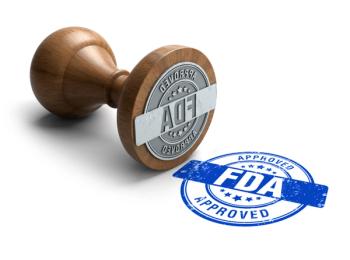
Overcoming Barriers to Detect Primary Aldosteronism: Vivek Bhalla, MD

Primary aldosteronism is often overlooked in hypertension. Educating providers and utilizing tools can enhance screening and treatment effectiveness, emphasizes Vivek Bhalla, MD, Stanford.
Primary aldosteronism is a common and consequential cause of hypertension that is often underrecognized, undertreated, and underappreciated by health care providers, notes Vivek Bhalla, MD, an associate professor of medicine in nephrology at Stanford University School of Medicine, in this interview with The American Journal of Managed Care®. A significant barrier to its detection is that clinicians are not thinking about it as a potential cause for
Another belief is that patients must present with a specific clinical profile, namely both hypertension and a low serum potassium level, to be considered for screening. However, the vast majority of patients with PA do not have low potassium; their primary symptom is simply hypertension, Bhalla explains. Debunking these myths is a critical first step in educating both providers and patients about the true nature of primary aldosteronism.
Some potential barriers to screening have been investigated and found not to be issues. For instance, studies have shown that screening rates are similar for patients regardless of their medication regimen, suggesting this is not a significant deterrent. Another theory, he says, was that clinicians might bypass the diagnostic process and empirically prescribe mineralocorticoid receptor antagonists—medications that directly target the pathway affected by primary aldosteronism. The reasoning was that since most patients are not surgical candidates for an adrenalectomy, it might seem more efficient to start the medication without formal testing.
Evidence principally points toward a lack of provider education as a central obstacle, for which a multipronged approach can help, including debunking the myths that primary aldosteronism is rare or necessitates a specific medication profile for screening.
Beyond education, leveraging technology offers a promising path forward, and Bhalla suggests that the electronic health record should be transformed from a burden into a tool that enables better care. By integrating best practice alerts and other innovative tools from implementation science, the EHR can create an independent and streamlined pathway for screening, diagnosis, and proper treatment.
Revisit
Newsletter
Stay ahead of policy, cost, and value—subscribe to AJMC for expert insights at the intersection of clinical care and health economics.







































